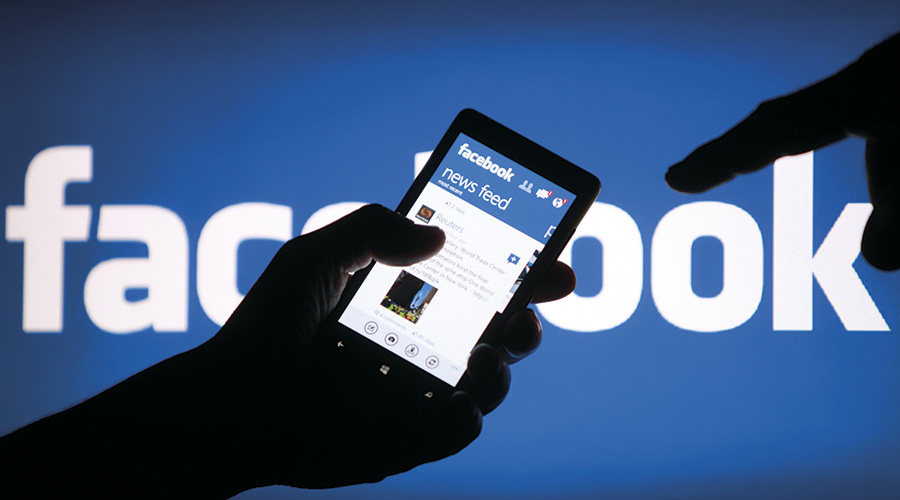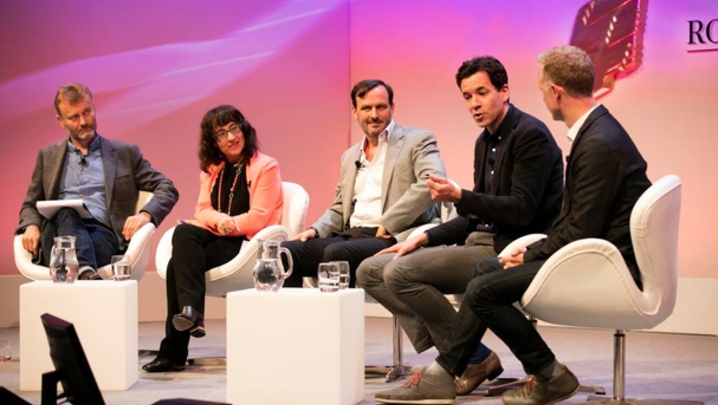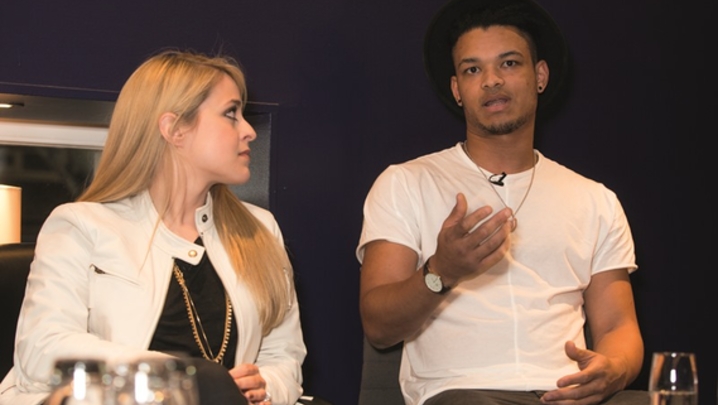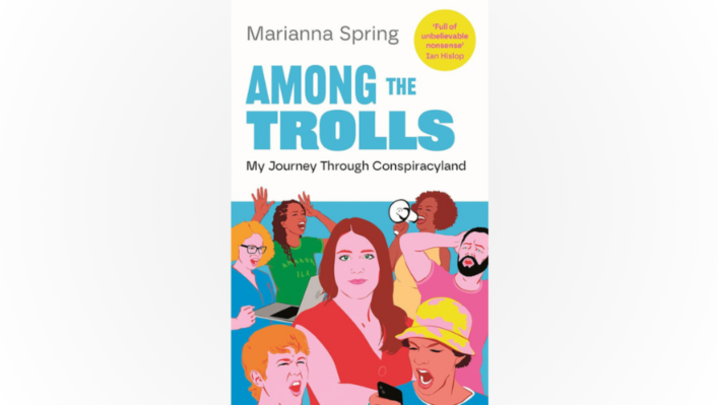A growing number of under-35s are ignoring TV news. Can they be persuaded to watch broadcast bulletins, asks Sanya Burgess?
Carol Thompson, 26, spends her day battling to get the attention of a classroom of small children. She gets up at 6:15am, runs to work, starts preparing for meetings and adds her finishing touches to lesson plans. At 9:00pm she relaxes on the sofa. Watching the news is the last thing on her mind.
“I generally watch television that I have recorded, rather than watching anything live or simply watching things because they happen to be on,” explains Thompson, whose viewing choices tend towards All 4, iPlayer, ITV Hub and Sky Go.
Even if she had the time, she says that she wouldn’t spend it watching the news on TV. She struggles to relate to the newsreaders and the topics, which are often reported in ways that, she says, she finds difficult to connect with.
Thompson’s responses are typical of her generation. A recent report from the Reuters Institute for the Study of Journalism (RISJ) showed that people aged 16-35 are rapidly losing interest in viewing television news.
“There’s no evidence to suggest that young people today are less interested in news than they were in the past. What has changed is that they have more options to choose from, and news is losing out in that competition,” explains Rasmus Kleis Nielsen, Director of Research at RISJ and co-author of the report, “What is happening to television news?”.
In the UK, the number of households owning TV sets is declining. Average TV viewing per head of the population has decreased by 10% in three years, from a high of 241 minutes per day in 2012 to 216 minutes per day in 2015, according to the report.
The authors also found that the average number of hours of television news watched during 2014 by all adults was 108; for those aged 16-24, a mere 25 hours. Worse still was the speed of change: the average time spent viewing television news by UK adults has fallen 9% since 2010; but, for those aged between 16 and 24, it was down 25%
Average TV viewing per head of the population has decreased by 10% in three years
Tom Sanderson, a 23-year-old who lives in London and works in marketing, avoids scheduled TV, let alone the BBC’s flagship Ten O’clock News.
“I never watch it,” he says. “It’s something that I guess I would like to say I’d do to keep up to date… but I feel there’s never any point in catching up with TV news. By then, something else has happened and it’s old news.”
The report notes that, for younger people in the UK, beyond-the-box video accounts for half of all viewing. But for young renters with limited disposable income such as Sanderson, owning a TV isn’t always possible.
This means that he can’t flick over to watch the news if he happens to be watching TV at the right time, something that he used to do when he lived with his parents.
Sanderson finds out about the news through word of mouth and social media. He adds: “I no longer watch the news, usually due to a lack of time and not being at home in the evenings.
“I do think that it’s something that could become a problem. I wonder if we will become a generation of oblivious youths, who don’t know what is happening around them unless they are tempted by click bait or it’s compressed into a message 140 characters long. As much as I hope not, it’s exactly how I act.”
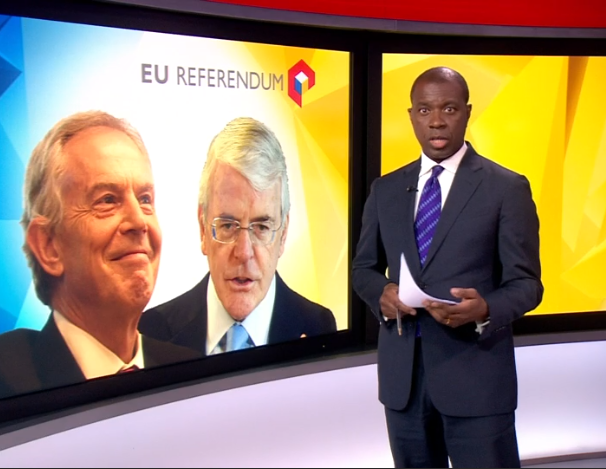
such as the BBC's flagship Ten O'clock News (credit: BBC)
This sort of response doesn’t come as a surprise to Nielsen, who says: “The most interesting thing for us is that there are many broadcasters that are trying to think about how to do new forms of television news.”
He adds: “But even the most innovative and forward-looking organisations probably recognise that no one has cracked it yet. There is no one recipe at this stage, but there is a growing realisation that things have to change.”
The Brownlow sisters, Jess, 17, and Maya, 19, who live in Reading and Oxford, both watch television mainly through on-demand services. They keep up to date with the news online.
Jess, who is a student at an independent school in Berkshire, regularly uses All 4, Netflix, Amazon Prime and iPlayer, but rarely watches the news.
“Usually, Facebook will show something’s going on and, if it’s interesting to me, I’ll look it up,” she explains.
Maya, an undergraduate at Oxford, describes her viewing routine as “erratic and often based on how much time I have. I can binge-watch TV or not at all. I like to keep up with the major news events but I often find it all quite overwhelming.”
She adds: “News on the TV means that you only see what has been chosen for you. Certain events are decided to be not worth covering, which I don’t like, even if I understand the necessity of it.
“Broadcasters should definitely use more social media as an outlet; Twitter and Facebook are how the vast majority of people my age stay afloat with the news. Any news on TV should be kept short and to the point, and perhaps be published on social media after it has been aired.”
Video on social media and video-sharing platforms have clearly poached viewers from traditional television. YouTube has reported more than 8 billion daily video views. The messaging app Snapchat claimed 8 billion daily views by the end of February.
Facebook evolved from posting links to showing clips, to hosting clips, which now auto-play. By the autumn of 2015, the site reported more than 8 billion video views per day.
NowThis News, another brand built around online viewing, also revealed dramatic growth, going from 1 million views in 2014, to 50 million per month early in 2015, to 200 million by the summer and 600 million a month by the end of the year.
The messaging app Snapchat claimed 8 billion daily views by the end of February
Looking back at his own experience, Sam Kemble, 34, a research associate from Rugeley in Staffordshire, believes that people don’t grow up until they hit 30, become homeowners and start a family of their own.
“It’s only then that the likes of politics and school development, for example, become important,” he says. “People need to pay more attention to their own lives and not what Kim and Kanye are doing.”
Kemble adds: “I don’t think that it is an issue with broadcasters, it’s society.” He watches BBC Breakfast news on weekday mornings before work, and reads a free newspaper during his commute.
Tali Boswell, 17, from Wrexham in north Wales, agrees with this somewhat harsh verdict. He says: “Although it is not fair to categorise young people, as there are many who are very interested and concerned by current events and news, I would say that the majority are not interested in news because they are distracted by social media and other things.”
Boswell is a student and part-time tennis coach. He watches drama on Netflix. When he does watch live TV, it’s sport. He admits that he should do more to keep up with the news. He finds out what’s happening in the world via social media or by listening to the car radio.
“I think that broadcasters should promote news on social media, such as having a news live stream that could be accessed on Facebook or Twitter news feeds,” he suggests. He also thinks that television news does not try hard enough to appeal to younger audiences.
“There is a growing realisation that things have to change if you want to move beyond serving a shrinking and ageing audience,” warns Nielsen. “Television news providers have to think about providing a digital-first experience that works for mobile media, social media and that bring the moving image and audio-visual news into the 21st century.”

